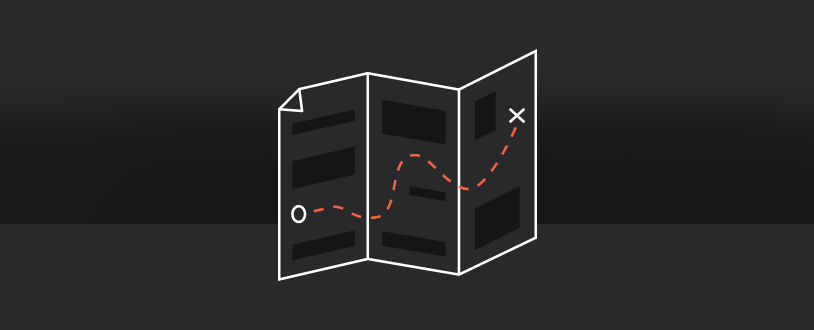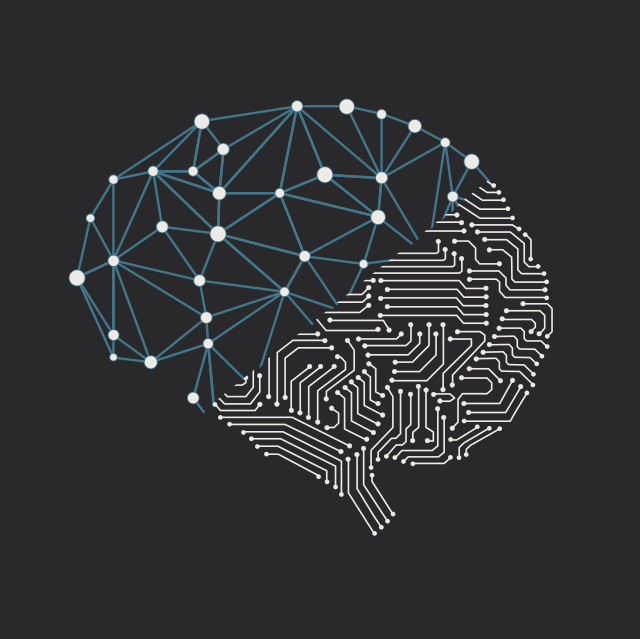How a DAM or a PIM Can Streamline Your Online Strategy
Chris Osterhout SVP of Strategy#CMS

Learn how utilizing a system that provides a centralized repository for assets and product data can ensure consistency in your online efforts.
As the number of companies that manage multiple websites and digital channels continues to expand, maintaining consistency across all of these outlets can become incredibly complex. This is especially true when it comes to assets like images and product data. If a company updates their branding or modifies the images they use to promote products or services, it can be difficult to control which images are used in which places, and manually updating these images across multiple channels leaves a lot of room for human error.
Things get even more complicated when it comes to e-commerce. Companies need to maintain not just images, but also information about their products, and they need to distribute this information to their website(s), their distributors’ websites, and even print catalogues. Without a central repository of this information, ensuring that it is consistent across all these channels can be near-impossible.
Luckily, solutions exist for storing, updating, and distributing these assets, and implementing them can solve a lot of the problems that companies encounter regarding the consistency of their data. Let’s look at two solutions:
Data Asset Management (DAM)
A Data Asset Management system acts as a centralized location where assets can be stored and distributed to different digital properties. These assets can include images or other digital files, such as PDFs. DAMs such as Widen provide a great way to streamline the way assets are handled, allowing a file to be updated in one location and then pushed to the various applicable channels.
Taking this a step further, many DAM solutions also distribute multiple versions of a single image. This means that it is often possible to utilize these different variations of images within the context of a responsive design or within variations of user interfaces (e.g. thumbnails vs. full width images). This can dramatically cut down on the number of images your team needs to manage and maintain.
Another advantage of DAMs is that they are historically run from the cloud. This means that the redundancy and speed that comes from storing images in the cloud are also going to be in effect when utilizing these services, so you won’t have to worry about sacrificing performance when using them as a repository for your assets. Furthermore, since the DAM is not associated with any specific website technology platform, migrating from one CMS or e-commerce platform to another Is easier than ever.
Product Information Management (PIM)
If you’re in need of a centralized repository for images and PDFs, a DAM is a great solution, but what about e-commerce sites that need to store additional information? If your challenges are related to the distribution of product data (including web-ready descriptions, names, and assets), then a Product Information Management system may be a better fit for your needs.
PIMs are uniquely suited to e-commerce sites, acting as a connection between an ERP system such as SAP and a company’s online properties, distributing rich product data to channels that include websites, social media, and print. If you need to move beyond the capability that a DAM provides for asset management and maintain a full range of data about your products, PIM is a great solution.
Finalizing the Integration
While these systems for managing a centralized repository of your data can streamline your online efforts and help eliminate data silos, it’s important to ensure that you are able to connect these disconnected systems to your web properties. This means that it is critical to select an enterprise Content Management System (CMS) such as EPiServer that allows native integration with DAMs and PIMs out of the box. You can spend a lot of time configuring and maintaining a repository of your data, but if you’re not able to easily utilize this data in your various channels, you’ve wasted a great deal of time and effort.
The reality is that having the correct solution in place to tie all of these systems together will decrease the time your team spends maintaining and updating data. This will decrease your time to market and increase your ROI. Do you have any questions for us about how to implement a DAM or PIM, or how to integrate them with your CMS or other digital channels? Please contact us to speak to a Solutions Engineer, or leave any other questions in the comments below.
Related Posts

4 Ways to Avoid Disaster When Migrating CMS Platforms
If you have ever migrated from one content management system (CMS) or eCommerce platform to another, you know how many unexpected issues can occur during the migration process.

Breaking AI Paralysis: How Organizations Can Start Small and See Value Fast
Too many orgs stall on AI, fearing risk or chasing perfection. Here’s how to move fast, start small, and create real value — safely.
Results Matter.
We design creative digital solutions that grow your business, strengthen your brand and engage your audience. Our team blends creativity with insights, analytics and technology to deliver beauty, function, accessibility and most of all, ROI. Do you have a project you want to discuss?
Like what you read?
Subscribe to our blog "Diagram Views" for the latest trends in web design, inbound marketing and mobile strategy.
